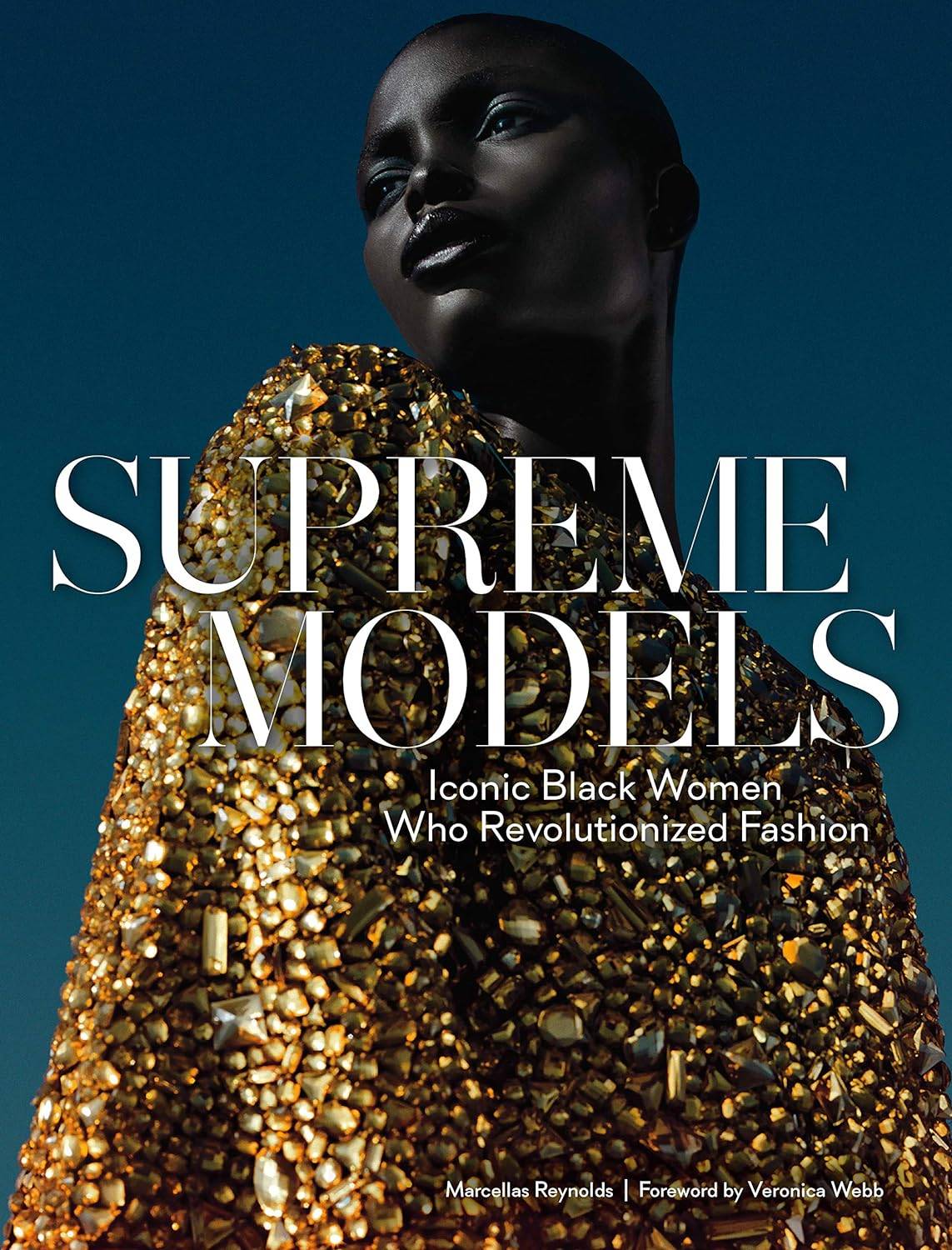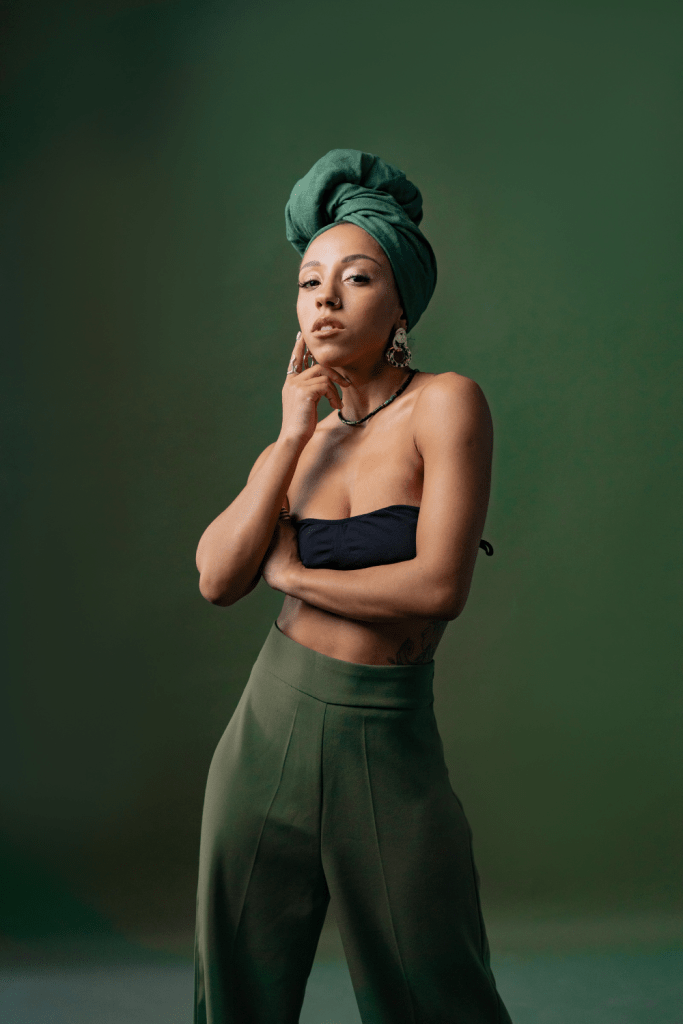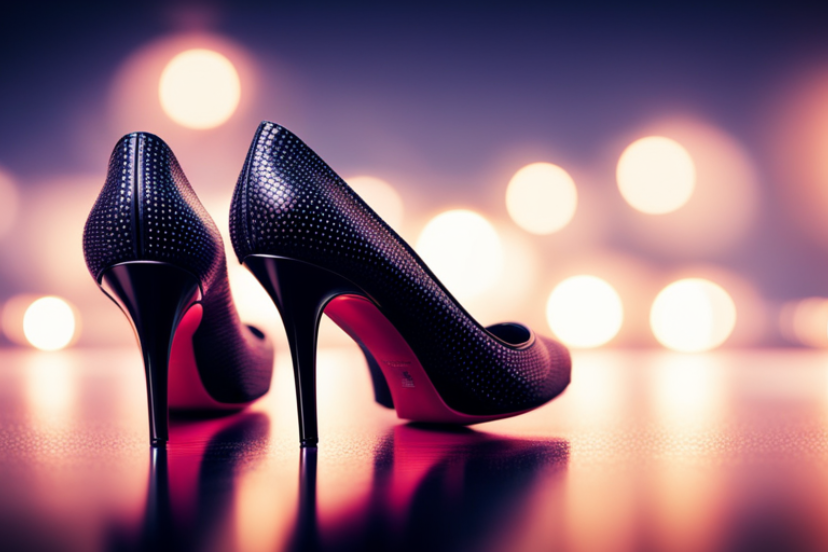Fashion Forward: The Essentials of Successful Fashion Photography
Fashion Photography : Capturing Elegance Through the Lens of Style
Fashion photography is an exhilarating art form that captures the essence of fashion, beauty, and style and I would love to be your guide through the wonderful world of fashion photography, offering helpful suggestions and sharing the reasons behind these recommendations.
The art of fashion photography plays a crucial role in the fashion industry, showcasing garments, accessories, and lifestyle concepts to captivate audiences worldwide.
I am a participant in the Amazon Services LLC Associates Program, an affiliate advertising program designed to provide a means for me to earn fees by linking to Amazon.com and related sites. This post may contain affiliate links, which means I may receive a commission, at no cost to you, for purchases made using my links. Please see my disclosure to learn more.



Essential Equipment for Fashion Photography
To embark on your fashion photography journey, it is essential to have the right equipment. Invest in a high-quality camera body that offers excellent resolution and dynamic range. Pair it with versatile lenses suitable for various shooting scenarios, such as wide-angle lenses for capturing the overall fashion scene and portrait lenses for exquisite close-ups.
Additionally, gather lighting equipment, including strobes, softboxes, and reflectors, to create the perfect lighting setup. Don’t forget to stock up on props and accessories that can add flair and visual interest to your fashion shoots.
Mastering Composition and Poses
The composition is key in fashion photography. Familiarize yourself with the rule of thirds, a fundamental guideline for achieving visually balanced and appealing images. Experiment with leading lines and framing techniques to draw attention to the subject and create a sense of depth.
When working with models, learn different posing techniques to showcase the garments’ fit and aesthetics. Guide your models to express the desired mood and convey the fashion concept effectively.

Choosing the Right Location
The choice of location significantly impacts the overall vibe and narrative of your fashion photographs. Decide whether an indoor or outdoor setting suits your vision, considering factors like weather conditions, lighting control, and the desired aesthetic.
If you opt for indoor shoots, set up a professional studio with appropriate backdrops and lighting arrangements.
When shooting on-location, scout for unique and visually appealing sites that complement your fashion concept. Ensure you have the necessary permits to avoid any legal issues.
Styling and Wardrobe Selection
Collaborating with a talented stylist can elevate your fashion photography to new heights. Work closely with the stylist to develop cohesive themes that align with the fashion concept you aim to convey.
Pay attention to details like hair, makeup, and accessories to create a harmonious overall look. Experiment with different wardrobe selections to offer variety and capture diverse styles within your fashion shoot.
Understanding Lighting Techniques
Lighting is a critical aspect of fashion photography. Understand the nuances between natural and artificial light and learn how to manipulate each effectively.
In a studio setting, experiment with various lighting setups, such as key, fill, and accent lights, to sculpt the desired look and accentuate the fashion details.
Embrace shadows and highlights to add depth and drama to your images, evoking emotions and emphasizing textures.

Directing and Communicating with Models
Establishing a positive and collaborative relationship with models is crucial for successful fashion photography. Create a comfortable environment where models feel at ease and confident to express themselves.
Give clear instructions on posing, while also encouraging models to bring their creativity and spontaneity to the shoot. Effective communication and clear direction will ensure that your vision is translated into captivating imagery.
Post-Processing and Editing
Once you’ve captured your fashion photographs, the post-processing stage allows you to refine and enhance your images further.
Choose a reliable editing software that offers powerful tools for color correction, exposure adjustments, and fine-tuning. Maintain a balance between enhancing the visual appeal of your fashion photographs while preserving a natural and authentic aesthetic.
Retouching should be subtle and aimed at refining minor imperfections rather than distorting reality.


Building an Impressive Portfolio
A well-curated portfolio is essential for showcasing your talent and attracting potential clients in the fashion industry. Display versatility by capturing different styles, themes, and genres within your portfolio.
Aim for a cohesive collection that reflects your unique vision and style as a fashion photographer. Utilize online platforms and social media to share your work, engage with a broader audience, and connect with industry professionals.
Collaborating with Fashion Brands and Designers
To thrive as a fashion photographer, building relationships with fashion brands and designers is crucial. Attend fashion events, network with industry professionals, and showcase your work to capture the attention of potential collaborators. Present your unique style and approach, highlighting how it aligns with the brand’s aesthetic and target audience.
When negotiating contracts and agreements, ensure all parties have a clear understanding of the project’s scope, expectations, and compensation.

Your Fashion Photography Journey Staying Inspired
Fashion photography is a dynamic field that evolves alongside fashion trends and artistic expressions. Stay inspired by following fashion magazines, blogs, and social media accounts to keep up with the latest trends and styles.
Explore different genres of photography and experiment with creative techniques to push the boundaries of your work.
Remember, embracing your unique vision and injecting your personality into your photographs will set you apart in the competitive world of fashion photography.
Overcoming Challenges in Fashion Photography
While fashion photography offers endless opportunities for creativity, it also comes with challenges. Be prepared to handle difficult lighting situations, such as shooting in low light or dealing with harsh sunlight.
Adaptability and problem-solving skills are essential when unexpected setbacks occur, such as equipment malfunctions or inclement weather.
Managing client expectations and maintaining open lines of communication throughout the project will help you navigate potential challenges successfully.

Tips for Success in Fashion Photography
Continuous learning and improvement are crucial for success in fashion photography. Stay updated with the latest techniques, equipment, and trends through workshops, online courses, and mentorships.
Build a personal brand by defining your unique style and consistently delivering high-quality work. Seek feedback and constructive criticism from industry professionals and peers to refine your skills and elevate your craft.
Final Thoughts on Fashion Photography
Fashion photography is a thrilling and rewarding field that allows you to blend art, creativity, and style. By understanding the essential equipment, mastering composition and poses, choosing the right location, and collaborating effectively with models, stylists, and brands, you can create compelling fashion photographs that leave a lasting impact.
Remember to embrace experimentation, overcome challenges, and constantly evolve your skills to stay relevant in this ever-evolving industry.

FAQs
- How can I attract fashion brands and designers to collaborate with me as a fashion photographer?
To attract fashion brands and designers, build a strong portfolio that showcases your unique style and versatility. Network with industry professionals, attend fashion events, and utilize online platforms to share your work. Present your vision and approach, emphasizing how it aligns with the brand’s aesthetic and target audience.
- What are some tips for capturing stunning outdoor fashion photographs?
When shooting outdoors, pay attention to the time of day for the best lighting conditions. Utilize natural elements like sunlight, shadows, and natural landscapes to enhance your composition. Experiment with different angles and poses to create dynamic and visually engaging images.
- How important is post-processing in fashion photography?
Post-processing plays a vital role in enhancing the visual appeal of fashion photographs. It allows you to refine colors, adjust exposure, and retouch minor imperfections. However, it’s essential to maintain a natural and authentic aesthetic, avoiding excessive manipulation that distorts the reality of the garments or models.
- How can I stay inspired and avoid creative burnout in fashion photography?
To stay inspired, follow fashion magazines, blogs, and social media accounts to keep up with the latest trends and styles. Explore different genres of photography to bring fresh perspectives to your work. Take breaks when needed, engage in personal projects, and collaborate with other creatives to foster new ideas and maintain your passion for fashion photography.
- How do I handle difficult clients or challenging situations during a fashion photoshoot?
Communication is key when dealing with challenging situations or difficult clients. Prioritize clear and open lines of communication, actively listen to their concerns, and address any issues promptly and professionally. Maintain a calm and composed demeanor, finding solutions that meet both your vision as a photographer and the client’s expectations.






